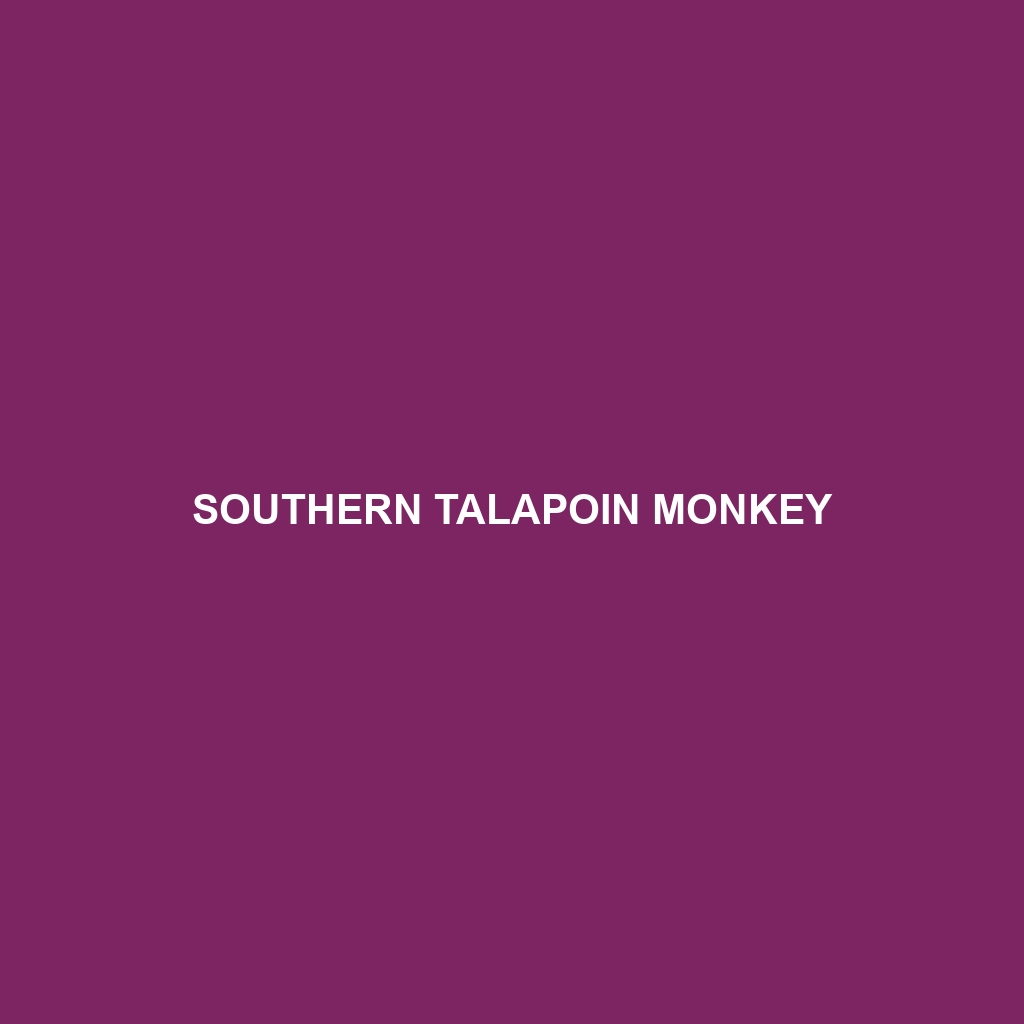Agile Mangabey (Cercocebus agilis)
The Agile Mangabey, scientifically known as Cercocebus agilis, is a fascinating primate species native to the dense tropical rainforests of Central Africa. Known for their nimbleness and curious nature, these medium-sized monkeys are a vital part of their ecosystem, contributing to seed dispersal and forest regeneration.
Physical Characteristics:
Size: Agile Mangabeys typically measure between 40 to 65 centimeters in body length, with males generally being larger than females. They have a tail that is nearly as long as their body, adding another 40 to 75 centimeters.
Weight: Males usually weigh between 7 to 12 kilograms, while females are lighter, averaging around 5 to 7 kilograms.
Coloration: Their fur is predominantly greyish-brown, with a slightly lighter underbelly. They have a dark face framed by a lighter mane, and their eyes are encircled by a distinctive white patch.
Special Features: Agile Mangabeys have strong, dexterous limbs that facilitate their arboreal lifestyle. Their cheek pouches are notable, allowing them to store food while foraging.
Behavioral Traits:
Social Interactions: Agile Mangabeys are social animals that live in groups typically ranging from 10 to 40 individuals. These groups are usually composed of multiple males and females, along with their offspring. They communicate through a series of vocalizations, facial expressions, and body postures.
Feeding Habits: These primates are omnivores, with a diet that includes fruits, seeds, leaves, insects, and small animals. Their cheek pouches are particularly useful for storing food to be eaten later or shared with others in their troop.
Ecological Role: As seed dispersers, Agile Mangabeys play a crucial role in their ecosystem. They help maintain forest biodiversity by spreading the seeds of various plants, which promotes forest regeneration.
Habitat and Adaptations:
Natural Habitat: Agile Mangabeys are primarily found in the rainforests of Central Africa, including countries like Cameroon, Gabon, and the Republic of Congo. They prefer dense, mature forests but can also be found in secondary forests and swampy areas.
Adaptations: Their agility and strong limbs make them excellent climbers, well adapted to life in the trees. Their cheek pouches allow them to forage efficiently, and their keen sense of sight and smell helps them locate food and detect predators.
Conservation Status:
According to the International Union for Conservation of Nature (IUCN), the Agile Mangabey is currently listed as “Near Threatened.” The primary threats to their survival include habitat destruction due to logging and agricultural expansion, as well as hunting for bushmeat. Conservation efforts are focused on habitat protection and anti-poaching measures.
Fun Facts:
Agile Mangabeys are known to engage in play, which includes chasing, wrestling, and mock fighting, especially among younger individuals.
They have an impressive jumping ability, capable of leaping several meters between tree branches.
These monkeys are often seen in mixed-species groups with other primates, which can help reduce the risk of predation.
By understanding and appreciating the Agile Mangabey’s unique attributes and ecological importance, we can contribute to the conservation efforts necessary to ensure the survival of this intriguing species.
